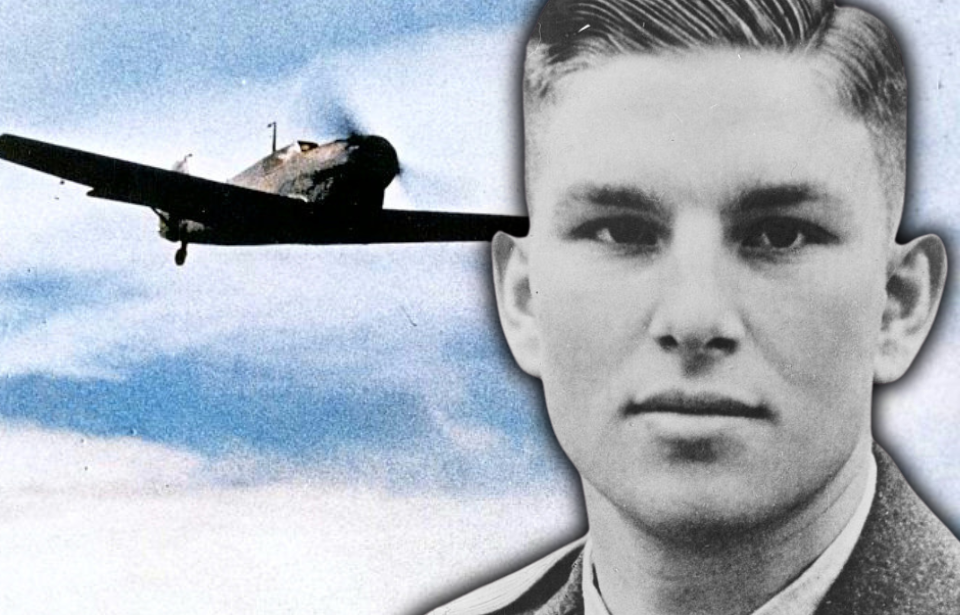Gerhard Barkhorn’s legacy remains a subject of both respect and debate. As a Luftwaffe ace in World War II, his remarkable number of confirmed kills secured his position as the second most successful fighter pilot in history—trailing only fellow German aviator Erich Hartmann.
Gerhard Barkhorn’s early life
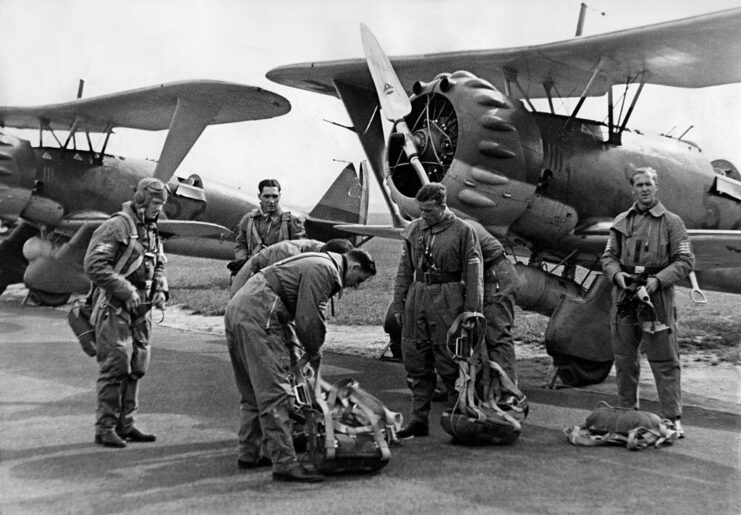
Gerhard Barkhorn was born on March 20, 1919, in the Free State of Prussia. He began his foray into flight training shortly after finishing his education. Following his mandatory service in the Reichsarbeitsdienst, Germany’s compulsory labor program, the 18-year-old enlisted in the Luftwaffe.
Barkhorn began his training as a fahnenjunker at an air school in Dresden, where he underwent rigorous flight instruction. Displaying remarkable dedication, he flew up to nine missions a day, under the supervision of his instructor.
This period of Barkhorn’s life saw him learn to pilot a variety of aircraft, including the Heinkel He 72 Kadett, the Focke-Wulf Fw 44 Stieglitz, the Bücker Bü 131 Jungmann and the Gotha Go 145. By the time he’d completed his training in August 1939, he had reached the rank of leutnant.
Beginning of World War II
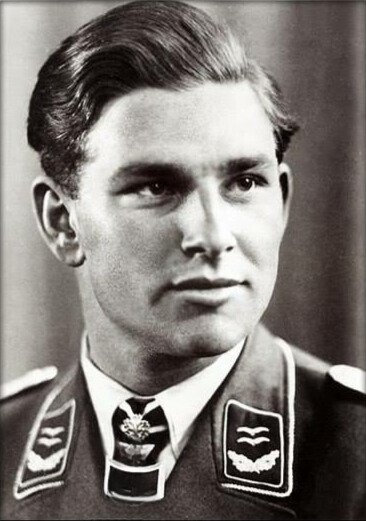
Following the German invasion of Poland, Gerhard Barkhorn began training as a fighter pilot, despite struggling with marksmanship. His first attempts at aerial gunnery were underwhelming—scoring 20 hits out of 100 shots, then dropping to just 10 on his next try. In addition to refining his aim, he also learned formation flying and completed an impressive 615 flights before graduating in 1940.
Once assigned to active duty, Barkhorn flew patrols over Belgium and France, eventually joining operations in the Battle of Britain. Although he flew bomber escort missions to London, he had not yet recorded a single enemy kill when he was awarded the Iron Cross 2nd Class.
Just days afterward, Royal Air Force pilots shot down his plane over the English Channel, and the Royal Navy attempted to seize him. However, he was rescued by the Kriegsmarine and returned to flying soon after, vowing from that moment never to abandon his aircraft mid-air again.
Deployed to the Eastern Front
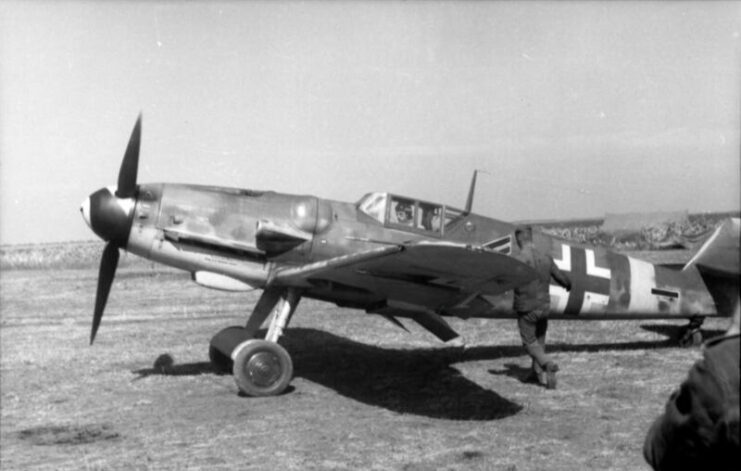
Following this achievement, Barkhorn rapidly accumulated additional victories, reaching his 100th kill on December 9, 1942, and his 200th in less than a year. His remarkable performance earned him the Knight’s Cross of the Iron Cross with Oak Leaves and Swords, which was the second-highest honor awarded at the time.
Despite ending the war with an impressive total of 301 kills and 1,104 missions, by the war’s conclusion, Barkhorn never received the highest distinction (diamonds added to the medal). Some speculate that his hesitation to fully align with the Führer’s ideology may have been a factor. Nonetheless, he rose through the ranks, taking on leadership roles in 4 Staffel and later in 2 Staffel.
Taken as a prisoner of war (POW)
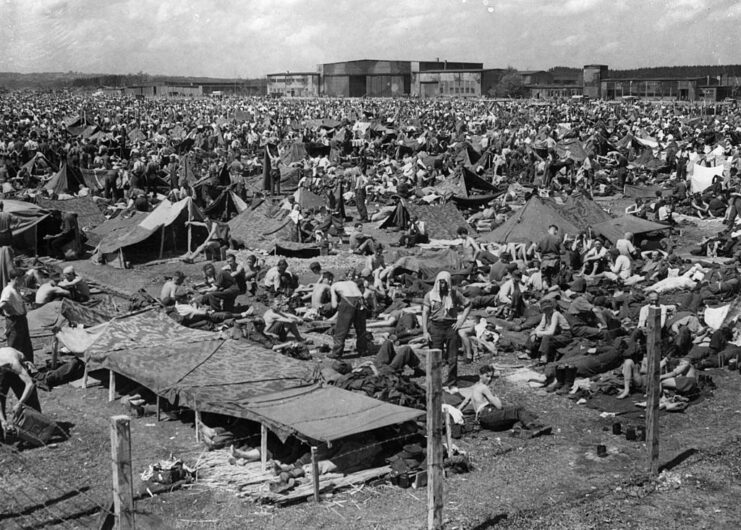
In January 1945, Gerhard Barkhorn assumed the role of Geschwaderkommodore of Jagdgeschwader 6 (JG 6). Four months later, he became a member of the Jagdverband 44 (JV 44) and was actively participating with them when he surrendered to the Allies on May 4, 1945, near Salzburg. Subsequently, he was taken into captivity as a prisoner of war (POW).
Shortly thereafter, Barkhorn and five comrades were dispatched to England for interrogation and remained there until June. After this, they were relocated to a POW camp in Foucarville, France, where they remained until September. Eventually, Barkhorn was reunited with his family and spent the ensuing decade employed in various manufacturing roles.
Service with the Bundesluftwaffe
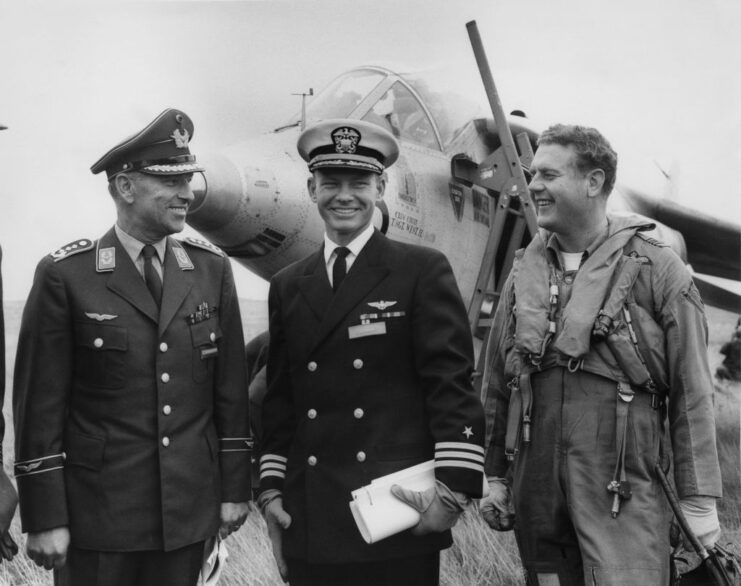
In 1955, Gerhard Barkhorn received an invitation to join the newly established West German Air Force, the Bundesluftwaffe. Taking his oath as a major on June 19, 1956, the role demanded close collaboration with the air forces he’d once battled during World War II. The pilot underwent jet aircraft training under the guidance of RAF personnel and led a contingent of German aviators as part of the Tripartite Kestrel Evaluation Squadron based in the United Kingdom.
On October 13, 1965, while piloting a Hawker Siddeley Kestrel, Barkhorn experienced a crash landing at RAF West Raynham. Despite the ordeal, he was rescued from the jet and humorously remarked that it was his 302nd Allied aircraft “kill.”
Despite his wartime history, Barkhorn forged an illustrious career. Upon his retirement in 1975, he’d risen to the rank of generalmajor and served as the chief of staff of NATO‘s Second Allied Tactical Air Force.
Gerhard Barkhorn’s later life and death
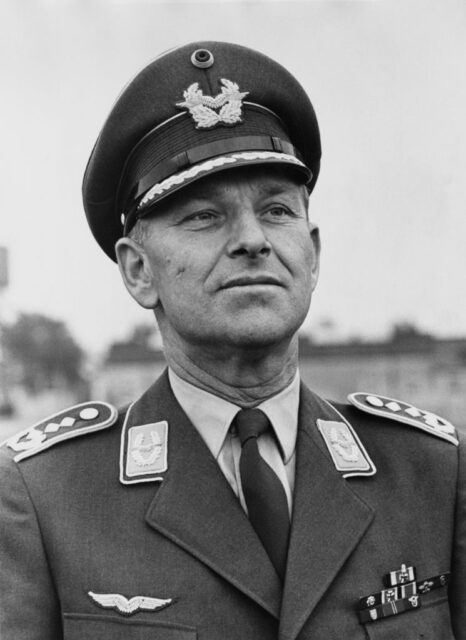
Despite so many flight hours, it wasn’t an aviation accident that killed Gerhard Barkhorn, but, rather, a car crash. On January 6, 1983, he was driving with his wife and a friend near Cologne when the accident occurred. His partner was killed instantly, while Barkhorn and his friend were severely injured and taken to a local hospital.
Both men died within a week. Supposedly, Barkhorn fell into a coma after finding out his wife had died at the scene. They were buried on January 14, 1983, with Barkhorn receiving a military funeral presided over by many high-ranking Bundesluftwaffe officers.
More from us: Battle of Moscow: A Critical Turning Point In the Fight Along the Eastern Front
Erich Hartmann, the only pilot with more victories, spoke fondly of his former comrade, saying, “He was the fighter commander of whom every fighter pilot dreams – leader, friend, comrade and father – the best I ever met. One of the few commanders whose men thirty, forty, fifty years later, continue to speak of him with respect and affection. Gerd Barkhorn was an unforgettable man.”
